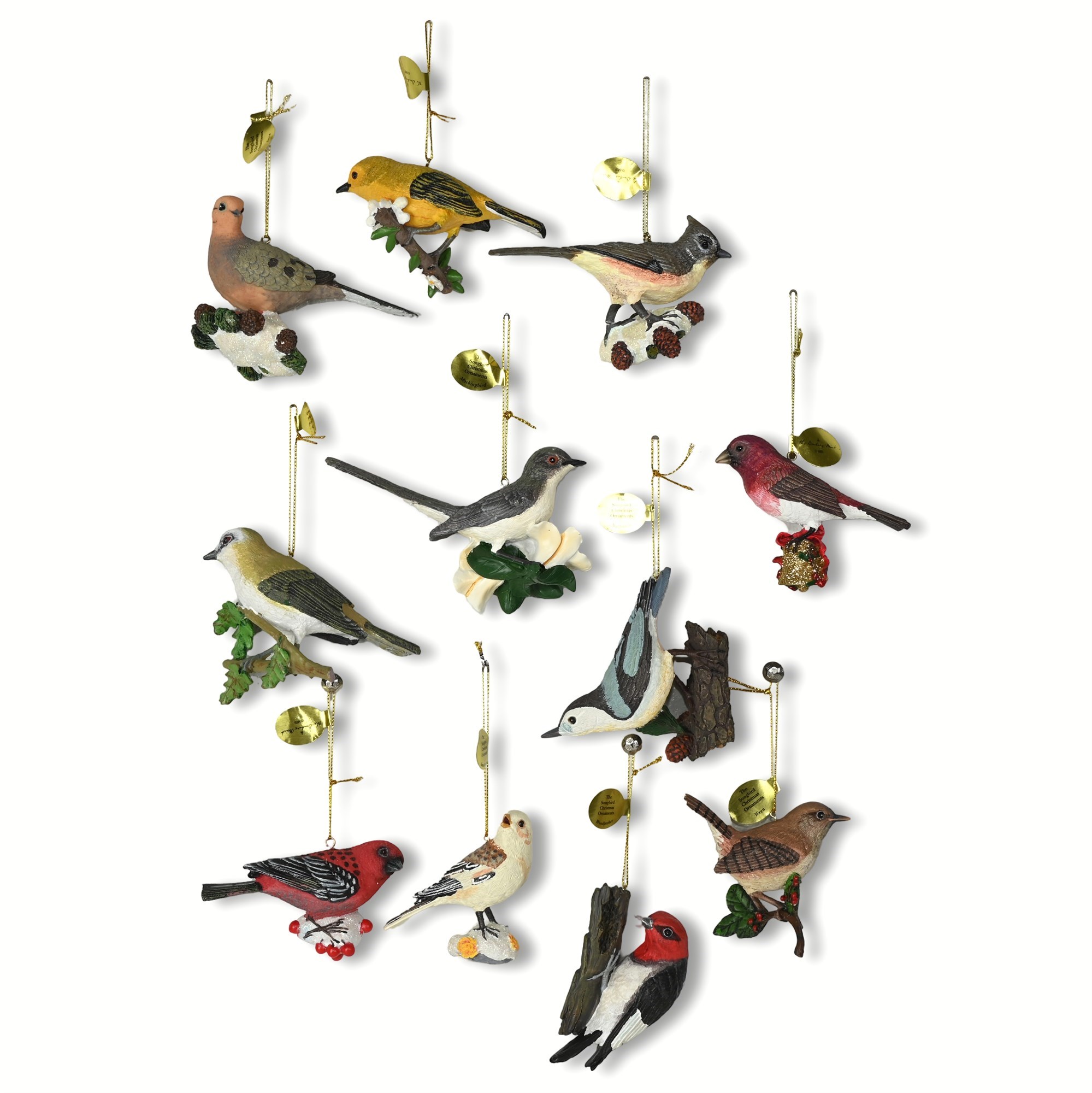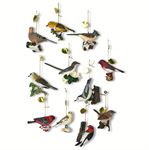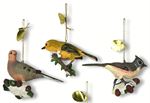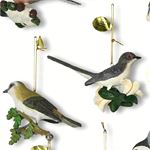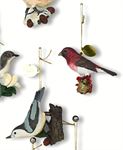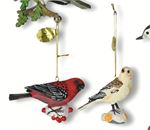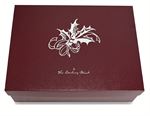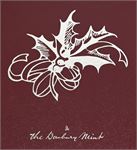×
Bidding has ended on this item.
This Auction Uses Proxy Bidding.
Lot # N295
The Songbird Christmas Ornaments from the Danbury Mint View Watchlist >
Ended
- Winning Bid: $133.00
- 42 Bid(s) View Bid History
- High Bidder: MacenM
Payment Options
Seller Accepts Credit Cards
Payment and pickup instructions will be available on your invoice (under "My Account") at the conclusion of this auction.
Lot # N295
System ID # 19499336
Start Date
End Date
2 Watching
Description
The Songbird Christmas Ornaments From The Danbury Mint
- (11) Birds
- With Collection Box
- Documentation Card For Each Bird
- Each Has Gold Hanging Ring With Official Danbury Mint Tag
-
Mourning Dove
- One of the most abundant and widespread of all North American birds.
- May be found flocking together on roads, yards, and city streets.
- Mated pairs of doves often stay together for a very long time.
- The oldest documented wild Mourning Dove was over 19 years old.
-
Yellow Warbler
- Is the only warbler that breeds in the Galápagos Islands.
- An uniquely distinguished member of the warblers by their yellow tail spots.
- Captures insects by flycatching, gleaning, or hover-gleaning.
- Have been observed to sing more than 3,200 songs in one day.
-
Titmouse
- Are small, active woodland and scrub dwellers.
- Spend most of their time in trees and bushes, although they will forage on the ground.
- Are extremely nimble and readily hang upside down on small twigs.
-
Vireo
- Males sing when on the nest as a reminder to the female of the location and as a stimulus for her to return.
- Notable for their dull plumage and stout, fairly heavy beaks.
- Their beak is characterized by a tiny hook on the cutting edge at the tip of the upper mandible.
- Other than migration, they are not noted for long-distance flights.
-
Mockingbird
- Named for its ability to imitate noises made by other animals including other birds, frogs, and even human voices.
- Are usually between 8 and 12 inches in length, including a fairly long tail.
- Population extends from southern Canada to the southern tip of South America.
-
White-breasted Nuthatch
- One of the few birds that are not only able to climb up trees but also run down them, headfirst.
- Breeds in most of North America.
- Rub noxious insects as a repellent around the entrance hole of their nest-chamber.
-
Purple Finch
- The state bird of New Hampshire.
- Their population has declined in the East due to the introduction of the House Finch.
- May be seen in large flocks visiting orchards, parks, and other woodlands.
- Males may hop as high as 12 inches while puffing their chest and cocking their tails to attract a mate.
-
Pine Grosbeak
- One of the largest and rarest members of the finch family.
- A breeding adult Pine Grosbeak develops pouches in the floor of its mouth for carrying food to its young.
- Is extremely tame, allowing approaches by humans almost to within touching distance.
- The songs they utter include a short musical warble that includes a “puu pi” or “chili.”
-
Snow Bunting
- The breeding male, with its all-white plumage and black back, looks different from the nonbreeding male which is dusted with a black-striped back.
- Nests in the deep cracks or other cavities of rocks, that can be cold, so the male feeds the female while she is incubating the nestlings so she doesn’t have to leave the nest too often.
-
Red-Headed Woodpecker
- Unlike other woodpeckers, Red-Headed Woodpeckers can easily catch insects in mid-air.
- These birds frequently stash seeds for a later date and are the only woodpeckers known to hide this food by covering it with wood scraps.
- Fossils of Red-Headed Woodpeckers have been found in Florida, Virginia, and Illinois dating up to 2 million years old.
-
House Wren
- Males build elaborate, roofed nests that are used for housing eggs and as aids to court females.
- Display generally skulking and secretive behavior.
- Are feisty and pugnacious animals considering their tiny size.
- Voice varies from long whistles to songs containing hundreds of notes.
Condition:
Good
Size:
(11) Birds
3" X 2 1/2" X 2 1/2"
